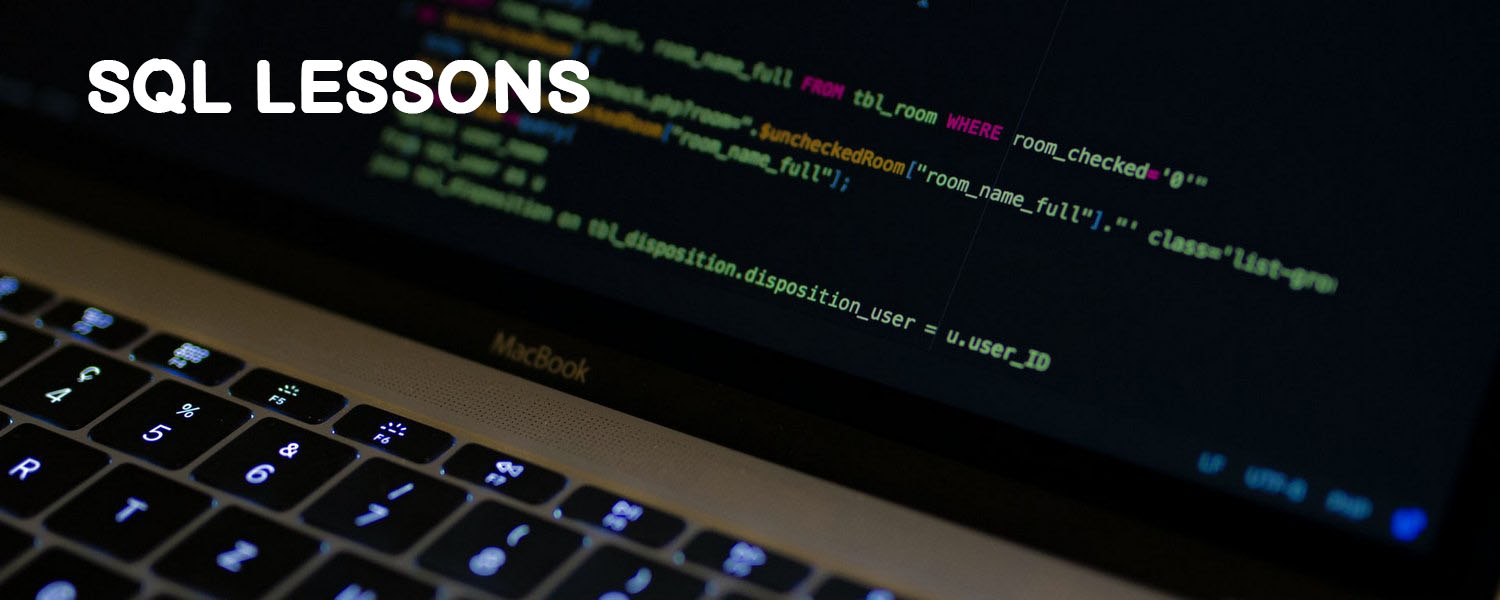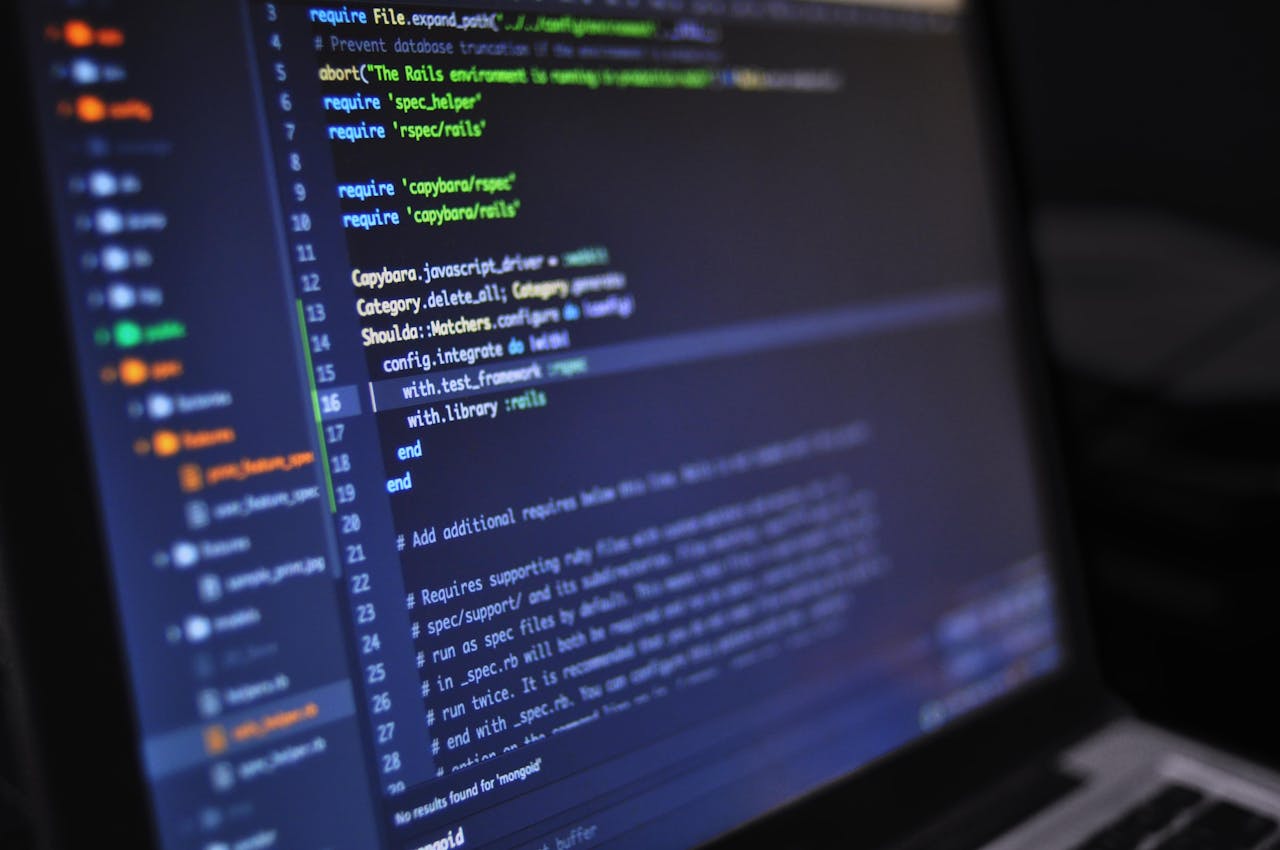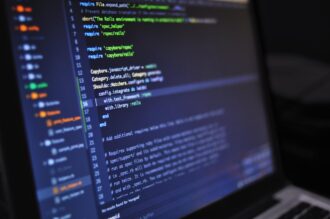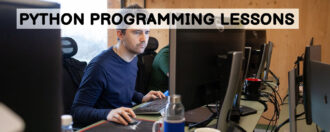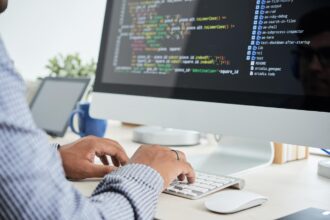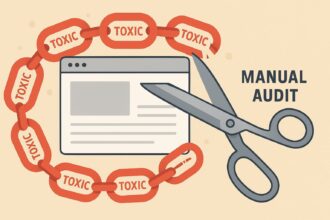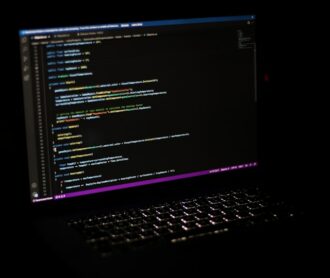
C Programming Lessons
The C language is used to develop complex software systems. The syntax was developed in the late 60’s and early 70’s based on B (bi) and became the basis for other languages (C++, Java and others). The main advantages are elementary vocabulary, minimum of keywords, possibility to write large-scale programs with optimal error rate.
Introduction
The C language is the most widely used for system components. It is the basis of C++, Java. It is considered the fastest among currently existing languages. It ranks the first in popularity. The video tells about the basics and features of the language. For development, the special programs that include a code editor and compiler are used.
Toolkit
The video briefly describes the language, what it is and what it is good for. It is portable and programs written for one platform can be used on another one. We also show the installation of the free MinGW tool to build executable files from source code that will run on the Windows operating system. The program will be written for the console, as it is simpler and more suitable for initial training.
Basic concepts
The video lesson presents the basics of the programming language. It tells the history of its origin and introduces the tokens (identifiers, constants, keywords) and whitespace characters (alphabet, numbers, special characters, punctuation marks, white space characters, etc.). ), basic data types (simple: arithmetic, pointers, complex: arrays, structures, enumerations), the range of represented values, variable declarations, constants (immutable arithmetic values of integer, real, character, etc. type), and the integrated Visual C environment (creating a small program as an example).
Basic Skills
This lesson covers C programming, all of its variables, loops, conditional statements, structures, and more. You will need a compiler, for example, Visual Studio, ideone.com, because all the code will have to be compiled. From the video, you’ll learn what command to use to connect the libraries. Also about the function that starts the program. All commands are commented and their use and working principles are explained. You can practice and understand how everything works.
Creation of the first program
Video course is dedicated to users of Ubuntu on Linux, you will also need Sublime Text editor. The material is covered from basic theoretical concepts to a detailed study of variables (creation, input and output on the Terminal), sequences, arithmetic operations (operators and symbols), compound operations. Additionally, a notion of global and local variables, type conversions, creating arrays, constants, loops, functions, and much more is given.
General points
This video explains the main points to pay attention to before you start programming. It is intended for those who know nothing about it or know very little about it. The author will tell you why you should start in C and how long it will take to master your knowledge up to medium level. The author will also tell you what knowledge and skills you should have to grasp the basics of software development.
Data classification
The video tutorial tells about data types and ways of data representation – variables, constants. Data are values which are stored in a certain place of memory and can occupy some space. They are divided into groups: integers (numbers), real (numbers with a fractional part), symbols (data represented by symbols). All information is presented in a structured way, which will greatly help in learning, and the theoretical knowledge gained can be tested in practice.
Input and Output Functions
Watch this video and learn the basic input and output commands. The command printf prints text that is enclosed in brackets onto the console. In the same way, you can output variables using %d and %i for int type, %f for float, %lf for double, etc. The following command scanf, is used to enter data, reading it and converting it to the desired format. The principles of these functions are shown with examples, which will be helpful to beginner programmers.
